Cleanroom News, Cleanrooms, Knowledge Base
What are Pyrogens and Endotoxins…and How Can They Be Controlled in a Cleanroom
Often, we use the terms’ bacterial endotoxin’ and ‘pyrogen’ interchangeably. They refer to phospholipid-polysaccharides (also termed lipopolysaccharides, or LPS). And there’s a chance that these pyrogens may be released from decaying Gram-negative bacteria such as E. coli. Following cell death, these complex macromolecules emanate from compromised outer cell walls. If unchecked, it can induce and cause harm. Some examples include fever (hence, the use of the term ‘pyrogen’), GI distress, clinical shock, and ultimately leukopenia/leukocytosis in the host organism. By definition, heat-based sterilization will not eradicate the LPS molecules, and they have a tolerance to environmental changes such as temperature or pH levels. Thus, along with differing molecular weights, the characteristics of LPS combine to create a significant challenge in terms of contamination control. Accordingly, conscientious prevention is considered the most effective defense against endotoxin contamination.
For healthcare, medical device, or pharmaceutical manufacturers, a low endotoxin wipe is a critical cleanroom resource. But what does that description mean? To be certified as ‘low endotoxin,’ a wipe must meet the USP requirement of <0.5 EU/mL or <20 EU/device. In addition, all low endotoxin wipes must generate very low fiber- or particulate residue. Berkshire offers a suite of wipes that meet these requirements, including options with different substrates, sterility factors, and more. Berkshire’s non-woven low endotoxin wiper selection includes
MicroFirst® LP, Gamma Wipe® MP, and Gamma Wipe® MFLP. Alternatively, the continuous filament product line options include Gamma Wipe® VP, Gamma Wipe® SuperSorb, MicroSeal-VP®, and MicroSeal SuperSorb®. As with other wipes, the low endotoxin products are available in sterile and non-sterile forms, manufactured from a hydroentangled non-woven blend or a continuous filament polyester knit, and produced in packs or cases.
To ensure efficacy, an independent, third-party laboratory tests our wipers on a lot-to-lot basis, guaranteeing they meet FDA and USP requirements. These exacting standards are based on maximum allowable endotoxin levels in critical industries such as healthcare and pharmaceutical or medical device manufacturing, and printed testing documentation is provided upon request.
To learn more about each specific wipe in this product line, please select an option to access our easy-to-read, low endotoxin infographic guide. For additional questions or to explore purchasing options, please click here to find a Cleanroom Specialist.


















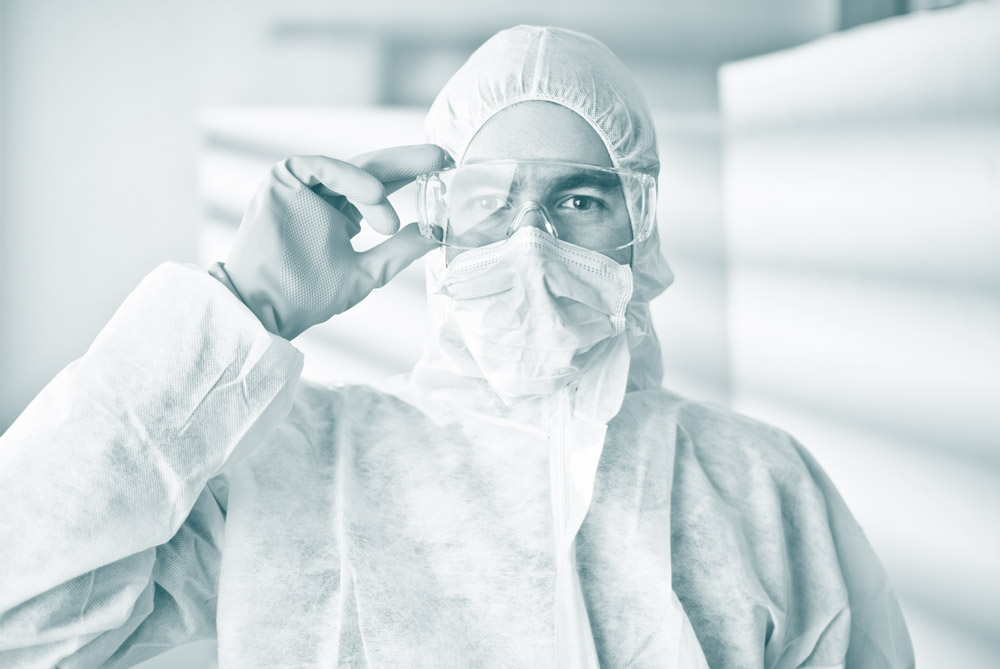
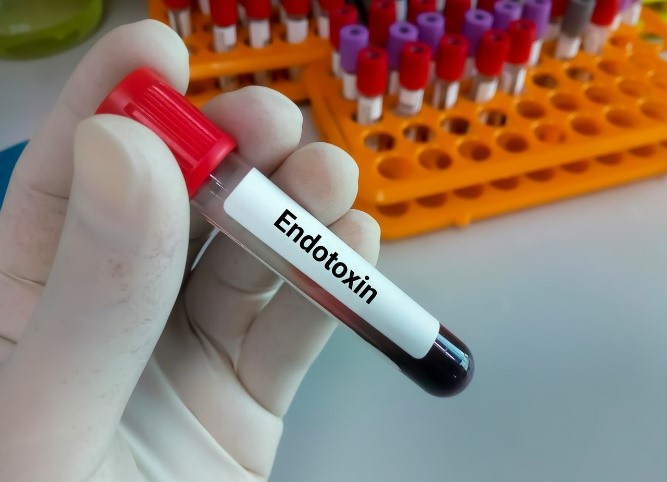
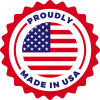

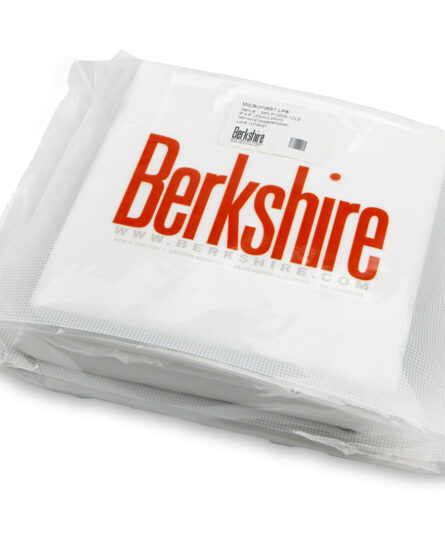
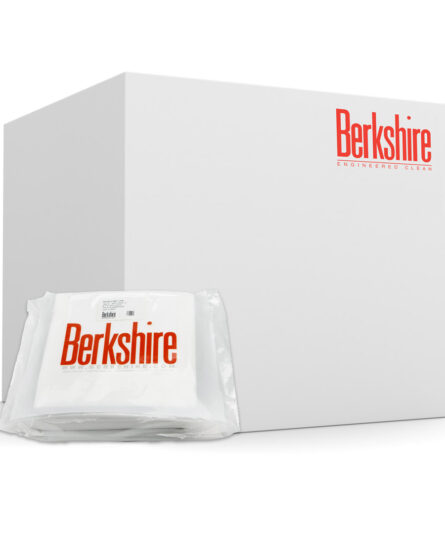


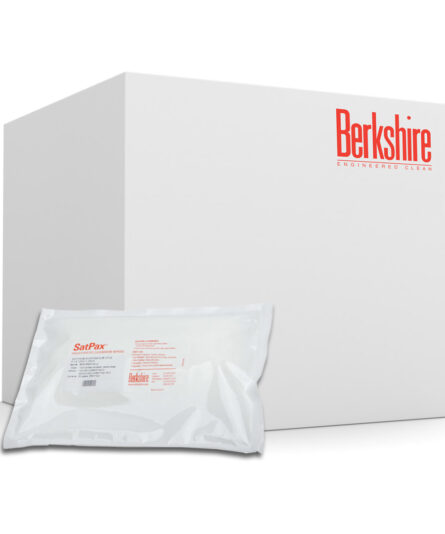
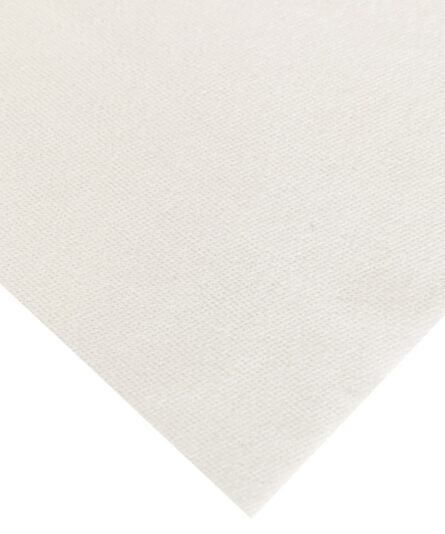

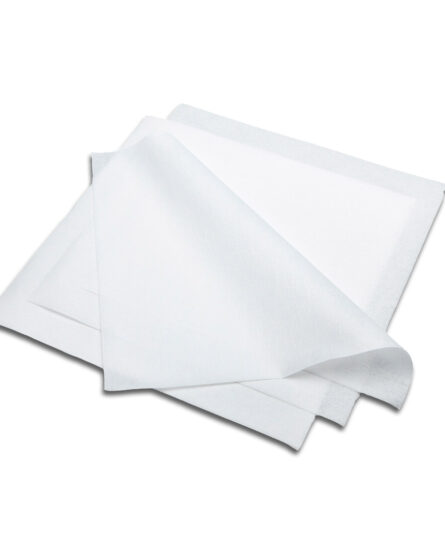
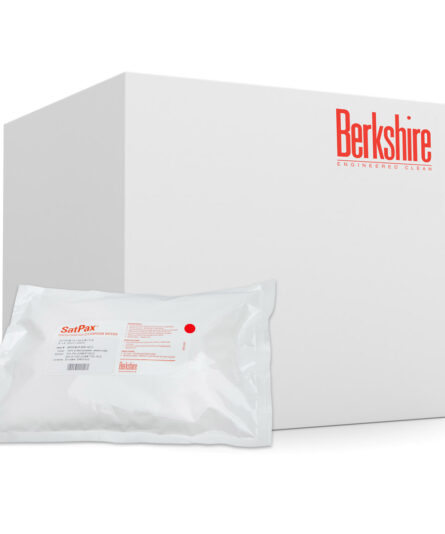
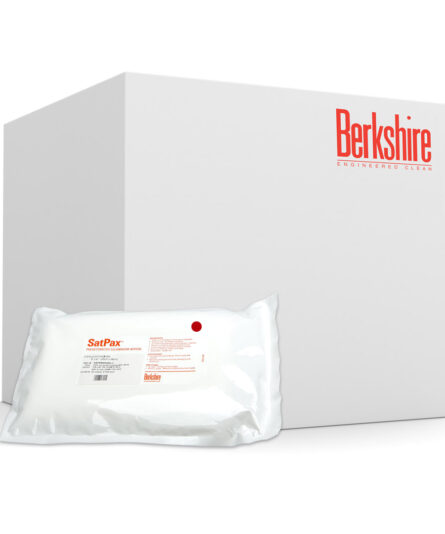
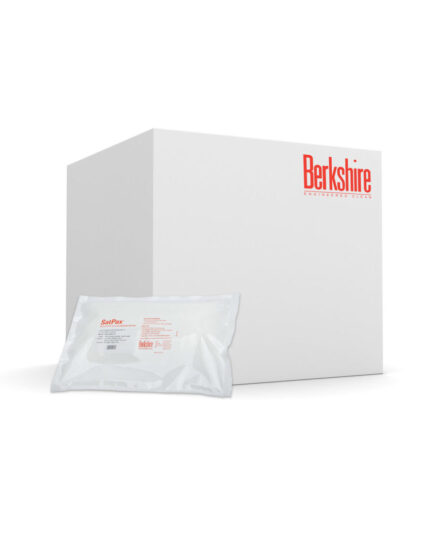
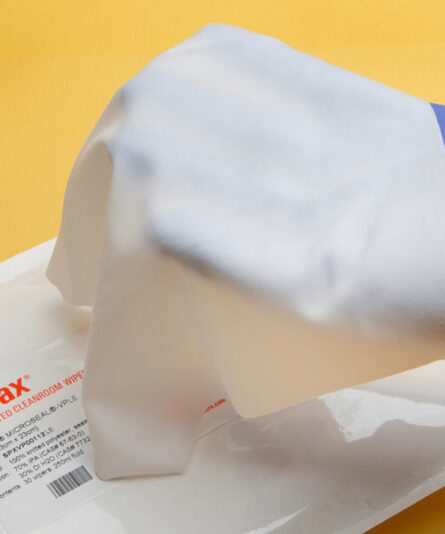
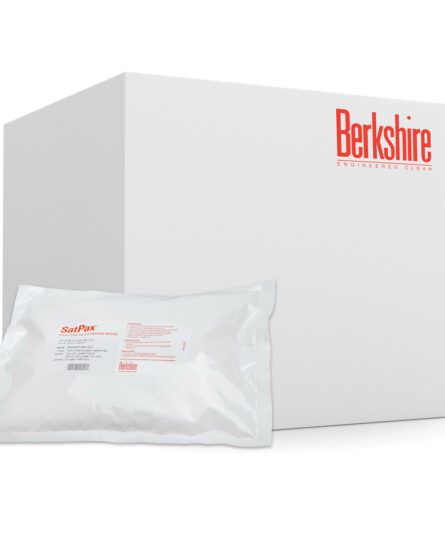
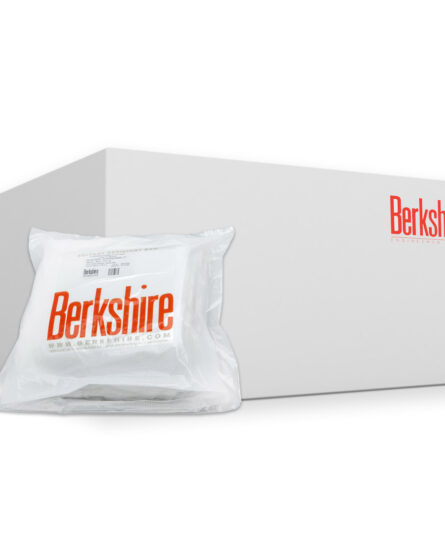
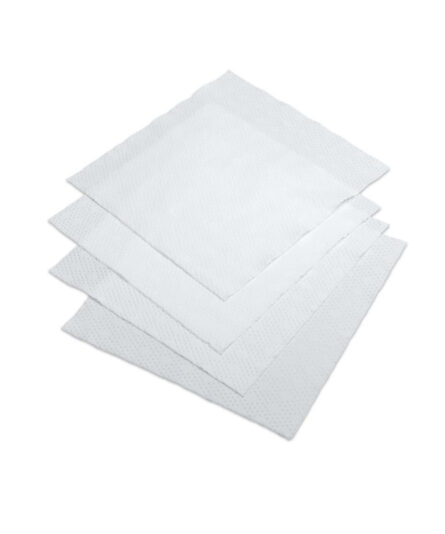
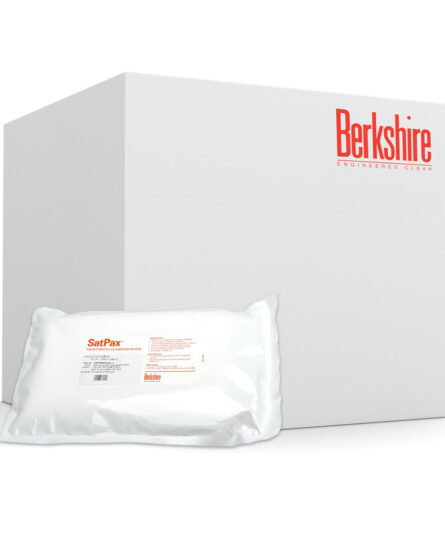

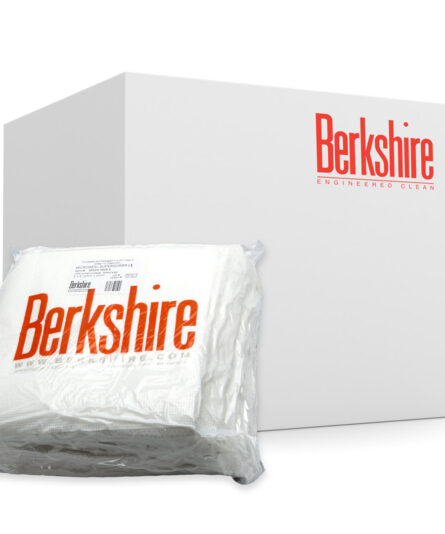



Pingback: What are Pyrogens and Endotoxins…and How Can They Be Controlled in a Cleanroom - Cleanroom News | Berkshire Corporation